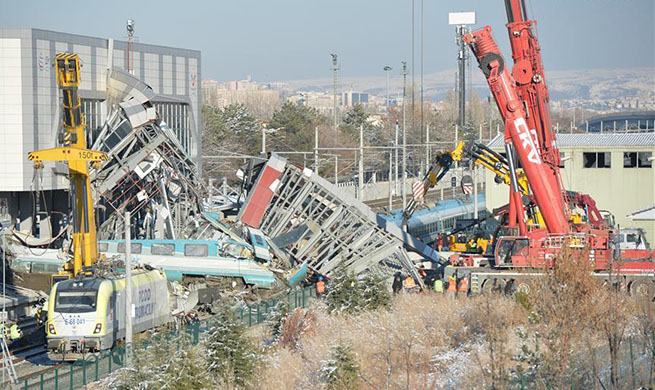WASHINGTON, Dec. 13 (Xinhua) -- A NASA-led study has shown Asia's high mountain glaciers are flowing more slowly in response to widespread ice loss, which may affect freshwater availability downstream in India, Pakistan and China.
The study published this week in the journal Nature Geoscience analyzed almost 2 million satellite images of the glaciers and found that 94 percent of the differences in flow rates could be explained by changes in ice thickness.
For more than a decade, satellite data have documented that the glaciers were thinning as the melt rates on their top surfaces increased.
However, it has not been entirely clear "how these glaciers are responding to this ice loss," said the lead author of the new study, Amaury Dehecq of Jet Propulsion Laboratory under NASA, the U.S. space agency.
Asia's mountain glaciers flow from the cold heights of the world's tallest mountains down to warmer climate zones, where they melt much faster, feeding major rivers such as the Indus and Yangtze.
The researchers developed algorithms that enabled automatic feature tracking to measure the distance that distinctive spots on the glaciers, like crevasses or patches of dirt, which traveled between an earlier and a later image.
"The relationship between thinning and flow speed is so consistent," said the study co-author Noel Gourmelen of the University of Edinburgh in Scotland.
In the few locations where glaciers have been stable or thickening rather than thinning, the study found that flow speeds also have been increasing slightly.
The gravity pull makes a glacier both slide on its base and deform, a slow movement caused by ice crystals slipping past one another under the pressure of the glacier's weight, according to the researchers.
However, as the glacier thins and loses mass, both sliding and creeping become more difficult, so the glacier's flow slows down.













